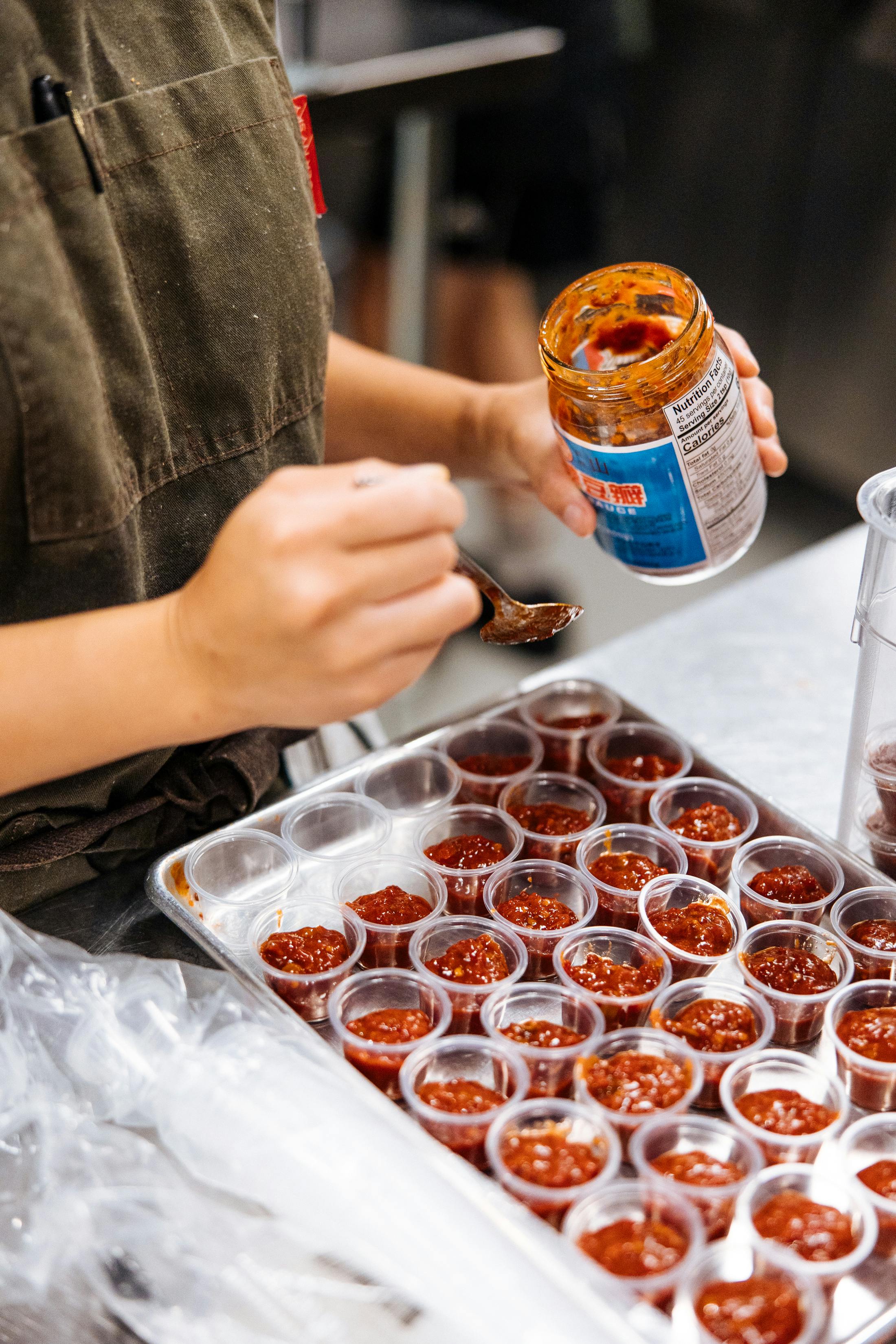Running a production kitchen today means handling a constant stream of online and delivery orders. To keep things running smoothly, kitchens need more than good food and fast hands; they need the right tech setup. This is where POS integration makes all the difference.
So, what is a POS system in food service? A POS (Point of Sale) system is much more than just a place to take payments. In production kitchens, sometimes called ghost kitchens, it acts as the control centre for almost everything. A well-integrated POS system manages incoming orders, updates menus across apps, sends tickets straight to the kitchen, and keeps an eye on stock levels. Instead of manually entering each order, your POS can link directly with delivery apps.
Features often include:
- Menu syncing across platforms
- Tools to handle meal customisations
- Direct connection to kitchen screens
- Real-time stock tracking
- Staff scheduling
- Sales and delivery reporting
How to set up POS integration
1. Check your current setup
First, see if your POS system connects easily with food delivery apps. Cloud-based systems like Square, Lightspeed, or Revel are popular because they support fast, simple POS integration. They let you update menus and accept orders from apps like Uber Eats or DoorDash with no need to key anything in by hand. If your current system is slow or limited, it may be time to switch to one that supports smoother POS integration across all your delivery channels.
2. Use connection tools if needed
Some POS systems do not work directly with every app. If that is the case, you can use a connection tool like Otter or Deliverect. These tools consolidate all your orders from different apps and send them straight to your POS system and kitchen screen.
3. Keep your menus in sync
Menu mismatches cause delays and mistakes. With strong POS integration, your prices, item names, and options stay the same on every platform. If you run out of an item, you can update it once in your POS, and the change will appear everywhere. Some systems let you control all menus from one place, which saves time and prevents problems during service.
4. Add a kitchen display system
A kitchen display system (KDS) shows new orders on a screen instead of printing paper tickets. If it connects with your POS, each order pops up in the kitchen immediately after the customer places it. This helps the team prepare food faster and serve it in the correct order. POS integration with a KDS is especially beneficial for kitchens handling multiple brands or orders simultaneously.
5. Link your stock and reporting tools
POS integration should also help with your back-of-house tasks. Some systems track how much stock you have used based on orders. They can alert you when supplies are low and help plan your next order. You will also receive data on metrics such as average ticket time, most popular dishes, and delivery completion speed. This information helps you make better choices as your kitchen grows.
6. Make sure your team knows the system
Your system only works if your team knows how to use it. Everyone needs to understand how POS integration works across apps, the kitchen, and reporting tools. Teach staff how to resolve issues like rejected or missing orders, pause items that are sold out, and identify delays in the system.
7. Protect customer info
Online ordering means handling private data. Always use a POS system that keeps customer and payment details safe. Look for options that follow proper security standards and make sure any connection tools you use are also secure.
8. Check and update your system often
As your business grows, your system should grow with you. Test your setup now and then to check for delays, missing orders, or discrepancies in numbers. Strong POS integration means checking that everything flows smoothly from the moment someone places an order to the moment the food is handed to the driver.
Tips for success
- Start with one app before adding more
- Map out your order process from start to finish
- Run a few test orders to make sure it all works
- Track key numbers like prep time and sales
- Update your system regularly
- Choose software providers that offer good help and support
At ChefCollective, we make it easier for production kitchens to grow with confidence. Our ready-to-use kitchens and tech-friendly setup support smooth POS integration across multiple brands and delivery channels. Explore our tech-friendly kitchen spaces today!
